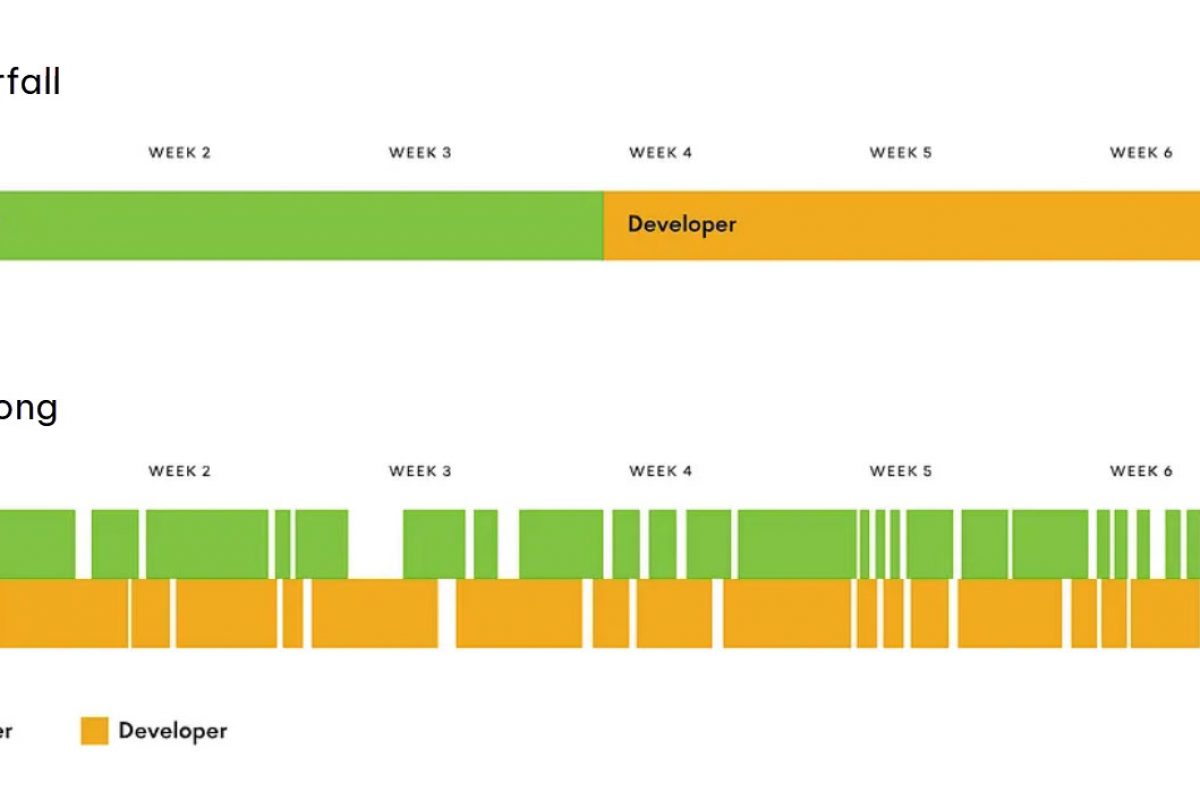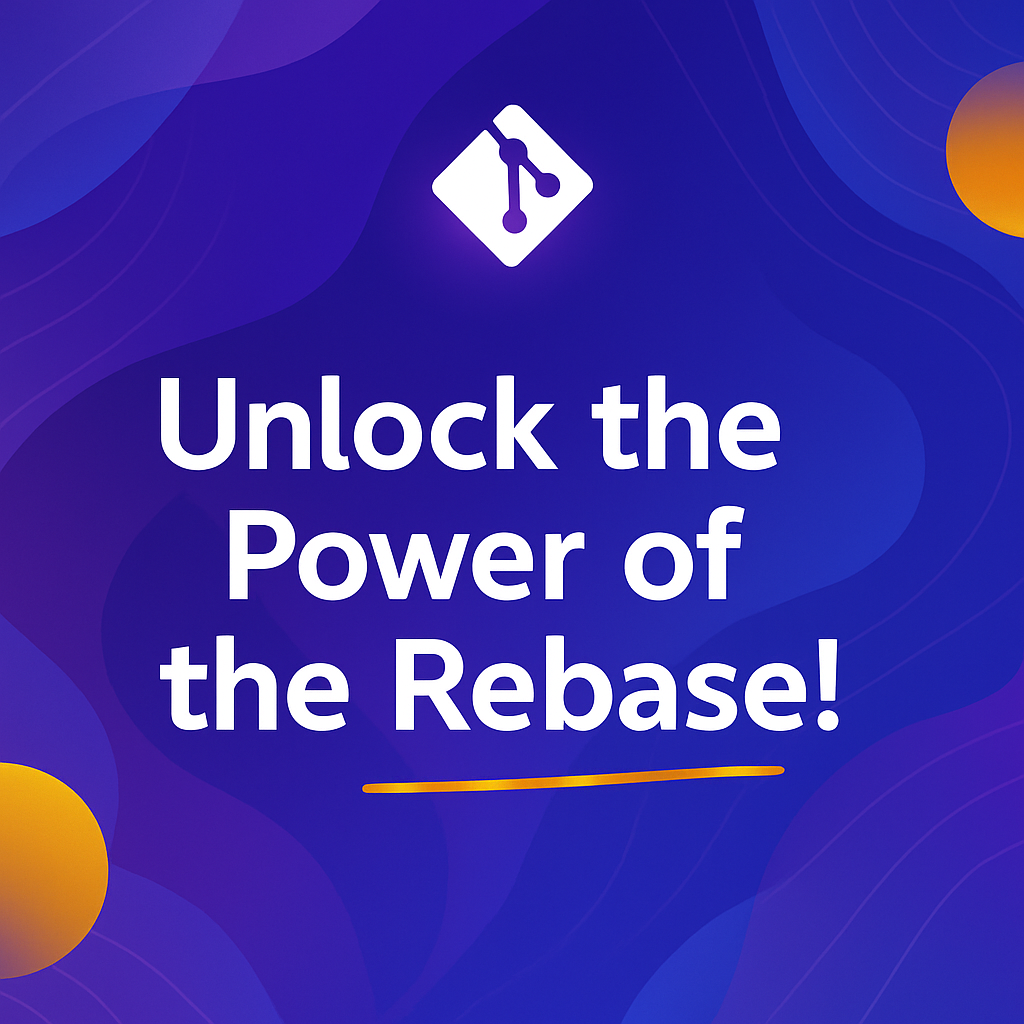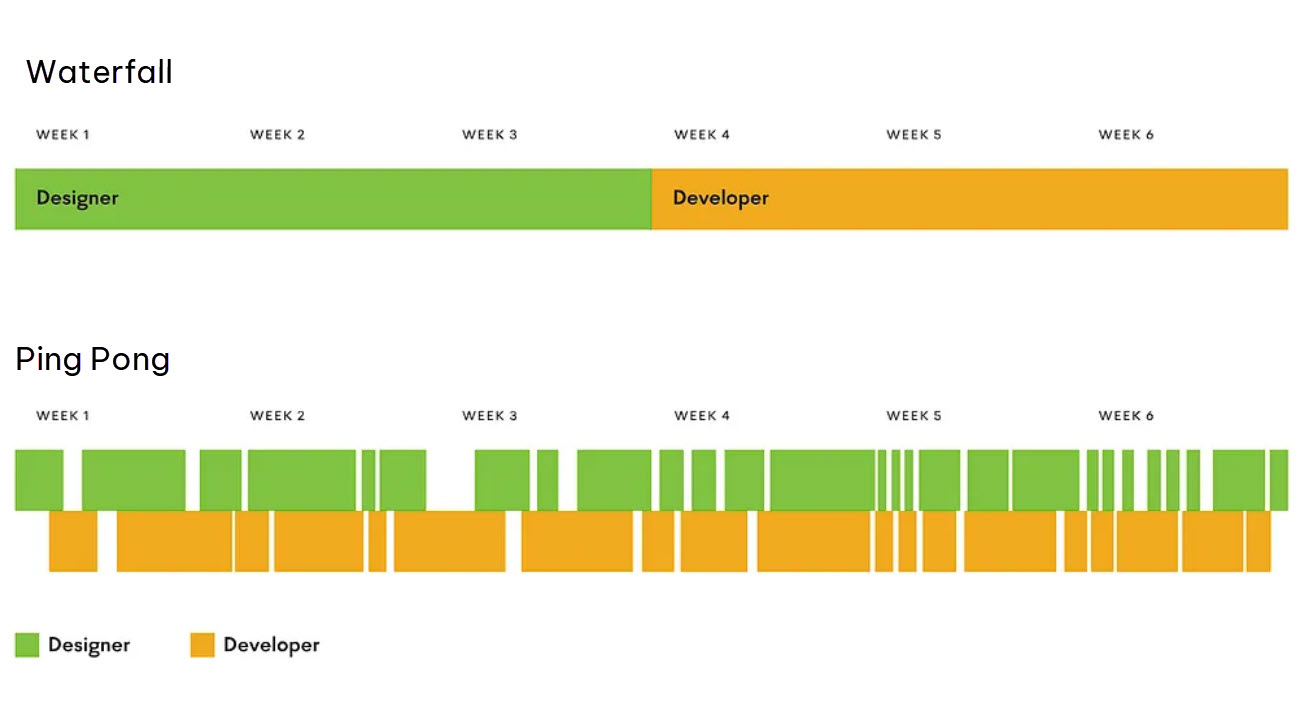Imagine stepping into the world of UX design where collaboration isn’t just encouraged; it’s the essence of creativity. This is the heart of the Ping-Pong Strategy, a dynamic, iterative process that mimics the swift, back-and-forth action of a ping-pong game. Just as a game requires agility, focus, and seamless cooperation between players, the Ping-Pong Strategy is about designers and developers volleying ideas with precision and speed, all in the pursuit of crafting unparalleled user experiences.
The Essence of the Ping-Pong Strategy
At its core, the Ping-Pong Strategy is about keeping the project’s momentum alive. It transforms idea generation into a sport of its own, where every pass is a potential game-changer. The method thrives on rapid exchanges, fostering a vibrant collaborative environment that pushes boundaries and challenges norms.
How Does the Ping-Pong Strategy Unfold?
- Rapid-Fire Ideation: The match begins with a burst of ideas from all corners of the team. This brainstorming session is not about filtering or critiquing but about unleashing creativity in its most raw form.
- Volleying for Feedback: Ideas then enter the volley phase, bouncing swiftly between stakeholders for input, refinement, and, sometimes, a complete overhaul. This phase ensures that no concept stagnates and that every potential is explored.
- Iterative Prototyping: Selected ideas are quickly modeled into prototypes. These early versions are not just visual representations but test beds for functionality, usability, and impact. They’re shared, tested, tweaked, and sometimes, served back into the ideation phase.
- Rapid Decision Rallies: The strategy demands quick, decisive actions on which ideas to advance. This agility is crucial to maintaining the pace and ensuring that the project continuously moves forward, avoiding the paralysis of indecision.
- Continuous Loop of Improvement: Much like the relentless rounds of a ping-pong game, the Ping-Pong Strategy is cyclical. Each iteration refines and enhances the previous, building towards a solution that is not just satisfactory but exceptional.
Why the Ping-Pong Strategy Matters
In the realm of UX design, stagnation is the antithesis of innovation. The Ping-Pong Strategy ensures that ideas are always in motion, that collaboration is constant, and that the team remains united in their quest for the ultimate user experience.
Waterfall by Default
Many default to the Waterfall approach due to its linear, phased structure which often gives a perceived sense of control and predictability. There’s a comfort in the clear stages and the progression from one to the next, with each phase typically needing to be completed before the next begins. This can appear less intimidating, especially for those who are resistant to change or are working in environments where there is a low tolerance for risk.
However, this rigidity can be a drawback. Waterfall often doesn’t accommodate changes well and can be inefficient if project requirements evolve. In today’s fast-paced world, adaptability is key. That’s where the Ping Pong strategy plays its part, advocating a more agile approach.
The hesitance towards Ping Pong stems from its perceived lack of structure and the discomfort of frequent back-and-forth. It can seem chaotic to those not accustomed to it. Yet, this dynamic exchange is exactly what makes it so effective. It encourages ongoing collaboration, rapid iteration, and continuous feedback, reducing the risk of major issues late in the project.
The Ping Pong approach aligns better with modern development practices where requirements can change quickly and the cost of delay is high. It might feel like a game, but in this strategy, the constant volleying of tasks keeps the project moving, promotes flexibility, and can ultimately lead to more successful outcomes. By embracing this agile mindset, teams can stay responsive to change and foster a culture of collaboration and continuous improvement
Advantages of Adopting the Ping-Pong Strategy
- Enhanced Collaboration: By promoting an ongoing exchange of ideas, the strategy strengthens the synergy between designers and developers, ensuring a more cohesive approach to problem-solving.
- Cultivation of Innovation: The rapid iteration cycle encourages a culture of experimentation, where risks are taken, failures are seen as stepping stones, and creativity knows no bounds.
- Momentum Preservation: Keeping the project moving with energy and purpose ensures that progress is steady and measurable, preventing the common pitfalls of delay and indecision.
In Conclusion
The Ping-Pong Strategy is not just a methodology; it’s a philosophy that champions interaction, rapid iteration, and collective creativity. It’s about creating an environment where ideas are served and returned with enthusiasm, where every team member is both a player and a coach, and where the end goal is always a user experience that resonates, engages, and delights.
As we embrace the Ping-Pong Strategy, we’re not just designing; we’re engaging in a game where our moves, our strategies, and our teamwork lead to innovations that define the future of UX design. Let’s keep the ball in play, and see just how far we can go.







